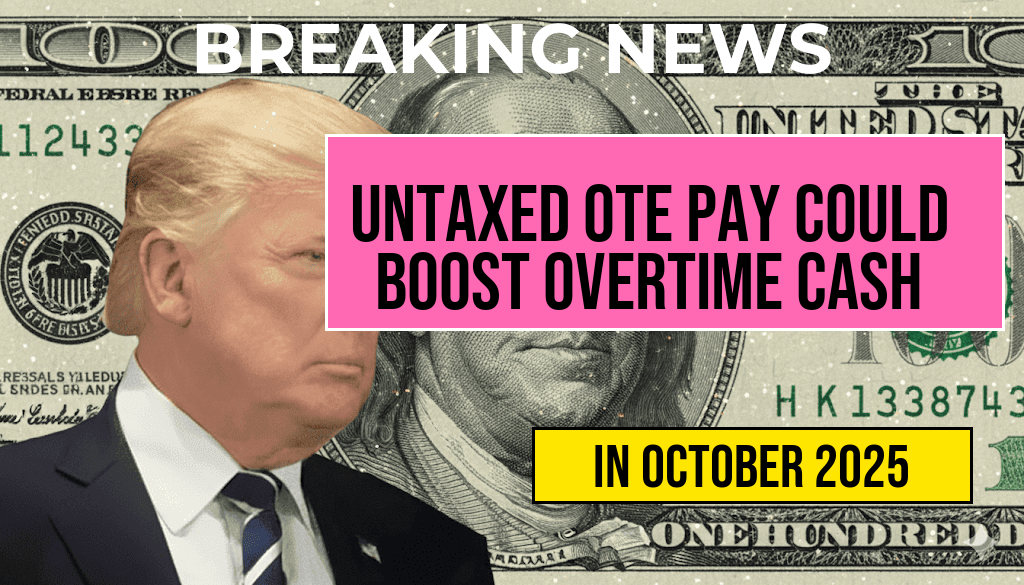The recent introduction of mandatory Roth catch-up contributions is poised to significantly impact high earners preparing for retirement. Starting in 2024, individuals aged 50 and older with an adjusted gross income (AGI) exceeding $145,000 will have to allocate any additional $7,500 catch-up contributions to Roth accounts. This change, outlined in the SECURE 2.0 Act, effectively eliminates the option for pre-tax contributions for this demographic, pushing them towards after-tax savings strategies. As the landscape of retirement savings evolves, experts are weighing the implications of this new requirement, particularly how it may influence tax planning and retirement readiness for high-income earners.
Understanding the New Roth Contribution Rules
Under the SECURE 2.0 Act, high earners face a mandatory switch in how they can make catch-up contributions to their retirement plans. Previously, individuals had the flexibility to choose between pre-tax and after-tax contributions. Now, those exceeding the income threshold must contribute their catch-up savings into Roth accounts, which are funded with after-tax dollars.
Who Will Be Affected?
- High earners aged 50 and older.
- Individuals with an adjusted gross income (AGI) above $145,000.
- Workers contributing to 401(k), 403(b), and governmental 457(b) plans.
This shift primarily affects individuals in higher income brackets, who may have previously opted for pre-tax contributions to reduce their taxable income in the short term. The change encourages long-term tax planning strategies that focus on tax-free growth and withdrawals during retirement.
Implications for Retirement Planning
The requirement to contribute to Roth accounts could have several implications for high earners:
- Tax Planning: Individuals will need to reassess their tax strategies. Contributions to Roth accounts are made post-tax, meaning individuals will pay taxes on the contribution amount in the year it is made.
- Long-Term Growth: Roth accounts offer tax-free withdrawals in retirement, which may benefit individuals who expect to be in a higher tax bracket later in life.
- Increased Contribution Limits: The $7,500 catch-up contribution allows for additional savings, which can be particularly advantageous in building a retirement nest egg.
The Financial Landscape
With this legislative change, the financial landscape for retirement savings is shifting. According to a report from Forbes, many high earners may find that the new rules necessitate a deeper understanding of their investments and overall financial strategy. It is crucial for individuals to consult with financial advisors to navigate these new regulations effectively and to ensure they are maximizing their retirement savings potential.
Key Benefits of Roth Contributions
Despite the immediate tax implications, there are several advantages to the mandatory Roth catch-up contributions:
| Benefit | Description |
|---|---|
| Tax-Free Growth | Roth accounts grow tax-free, allowing for potentially higher returns over time. |
| Tax-Free Withdrawals | Withdrawals in retirement are tax-free, providing financial flexibility. |
| No Required Minimum Distributions (RMDs) | Unlike traditional accounts, Roth IRAs do not require withdrawals during the account holder’s lifetime. |
Looking Ahead
As high earners prepare for retirement, the shift to mandatory Roth contributions may encourage a more strategic approach to savings. Financial advisors recommend that individuals consider their current tax situation and future projections when deciding how to allocate their contributions. For those who will be affected by these new rules, now is the time to start planning for these changes to ensure a secure financial future.
For more detailed information on the SECURE 2.0 Act and its implications, visit Forbes or refer to the official Wikipedia page on the SECURE Act.
Frequently Asked Questions
What are mandatory Roth catch-up contributions?
Mandatory Roth catch-up contributions refer to a new requirement for high earners that allows them to contribute an additional $7,500 to their retirement accounts, specifically through a Roth account, rather than pre-tax options.
Who qualifies as a high earner for these contributions?
A high earner is typically defined as an individual whose income exceeds certain thresholds set by the IRS, impacting their ability to make pre-tax contributions to retirement accounts.
What is the $0 pre-tax option mentioned in the article?
The $0 pre-tax option indicates that high earners will not have the ability to make traditional pre-tax contributions for the mandatory Roth catch-up, effectively limiting their options to Roth contributions only.
How does the $7,500 contribution impact retirement savings?
The $7,500 contribution allows high earners to increase their retirement savings significantly, providing tax-free growth on their investments as long as they follow Roth contribution rules.
Are there any penalties for not following the new rules?
Yes, failing to comply with the new mandatory Roth catch-up contribution rules may result in penalties or disallowed contributions, which could affect the overall retirement savings strategy for high earners.








